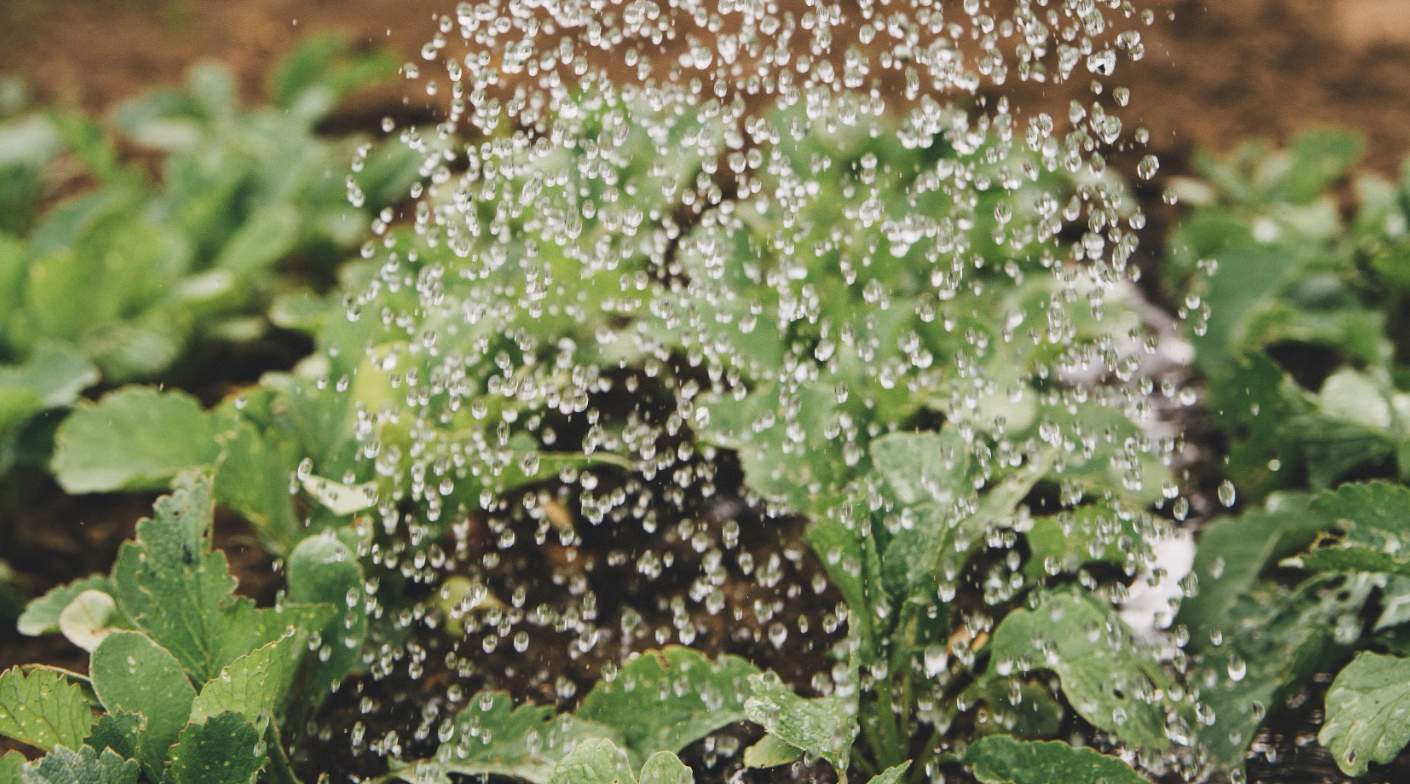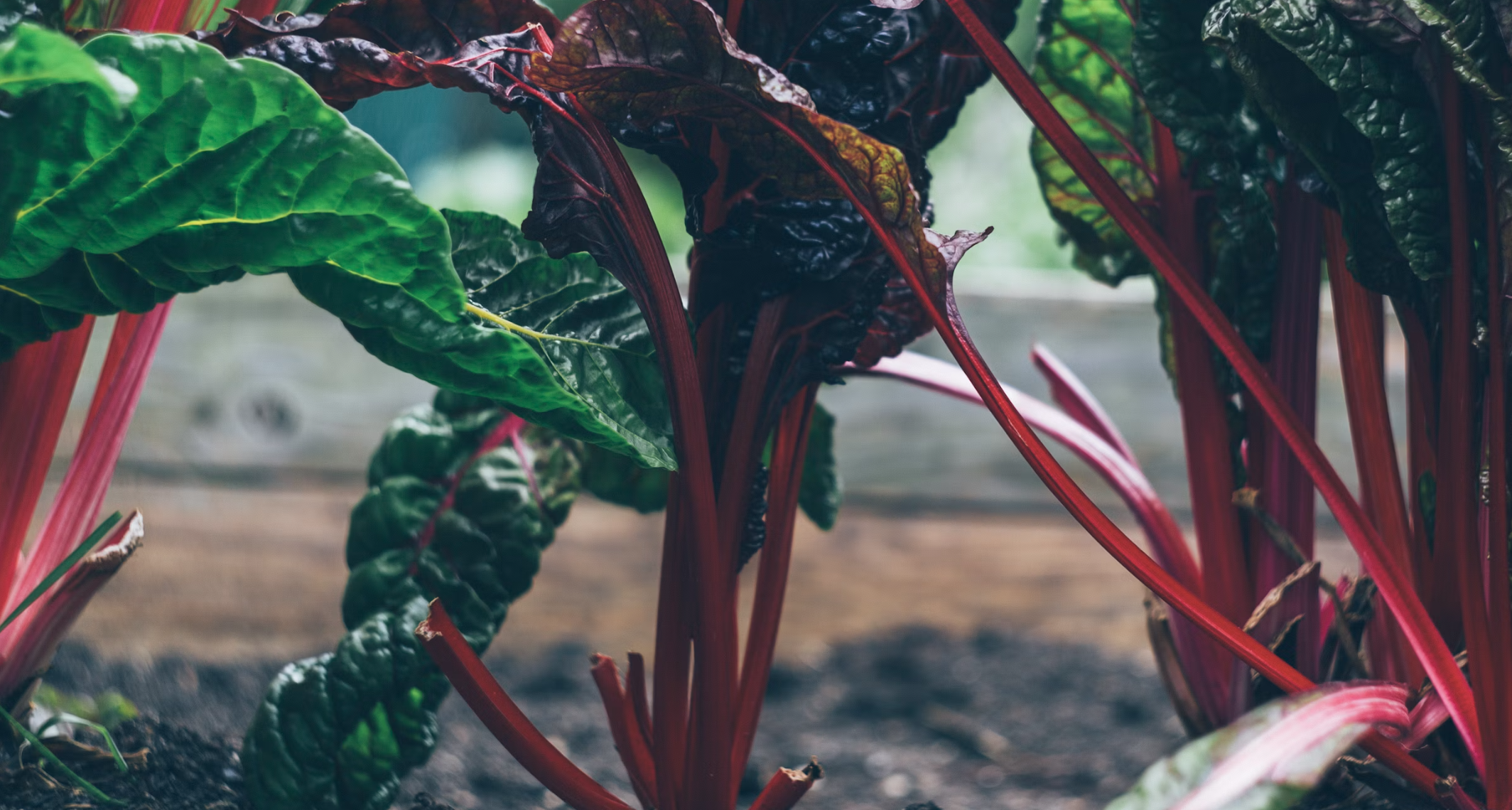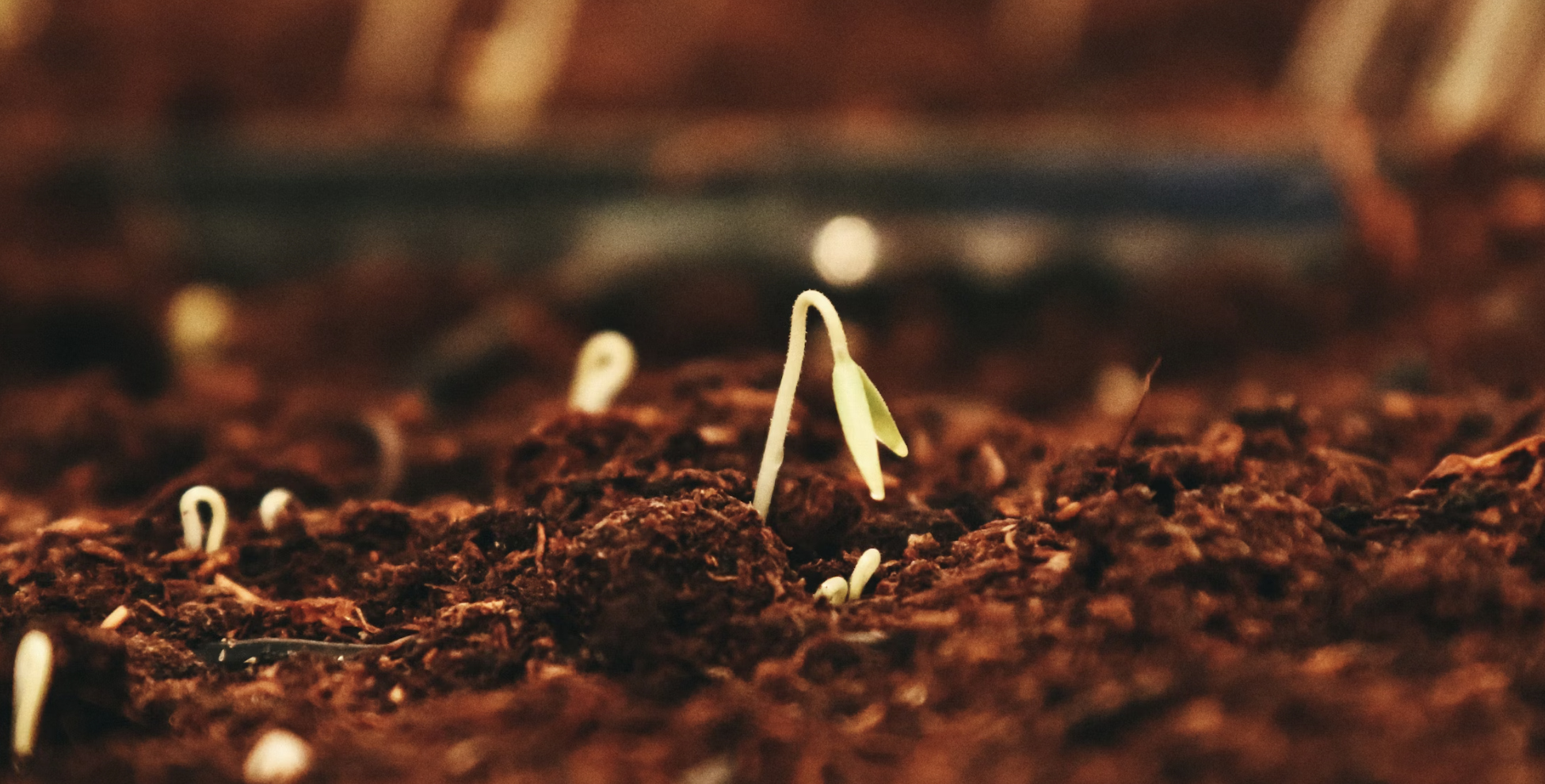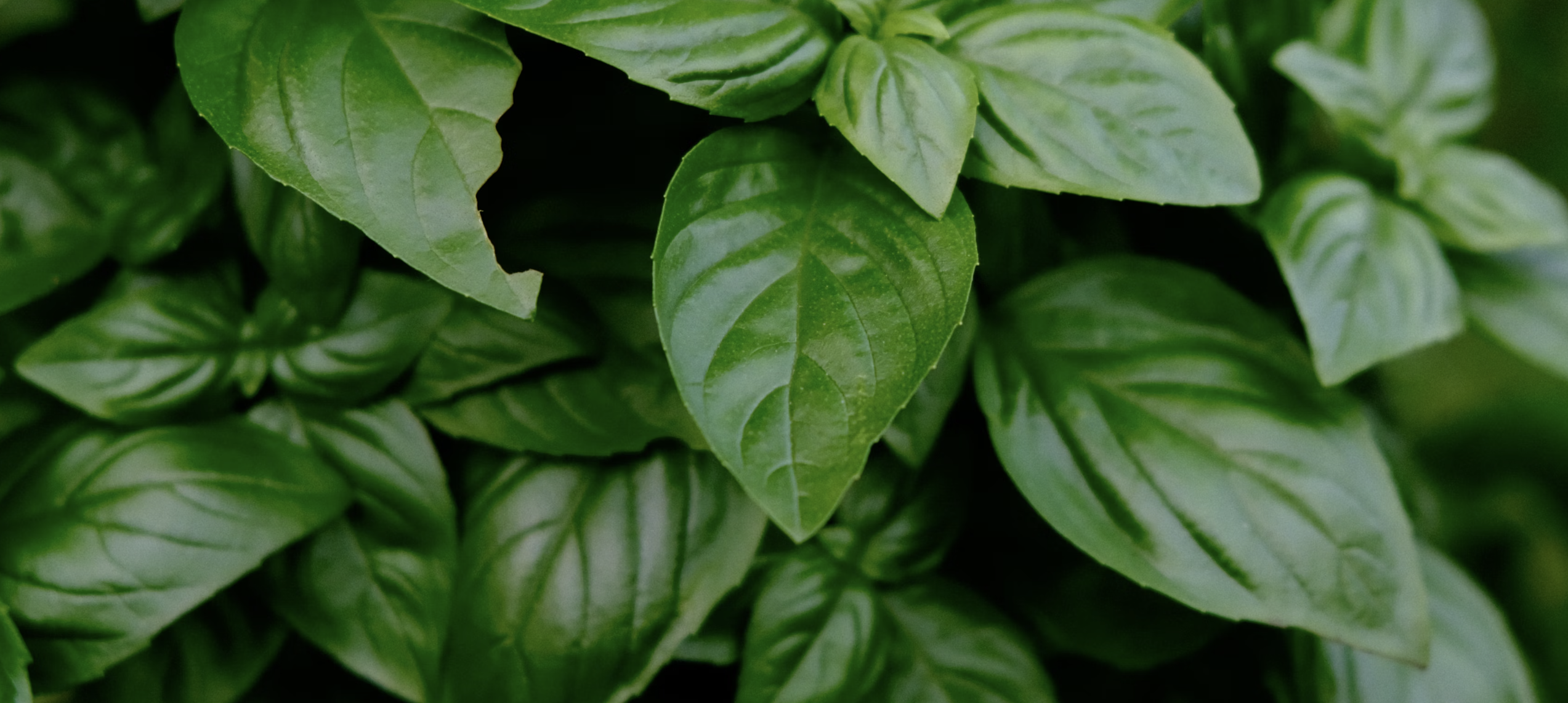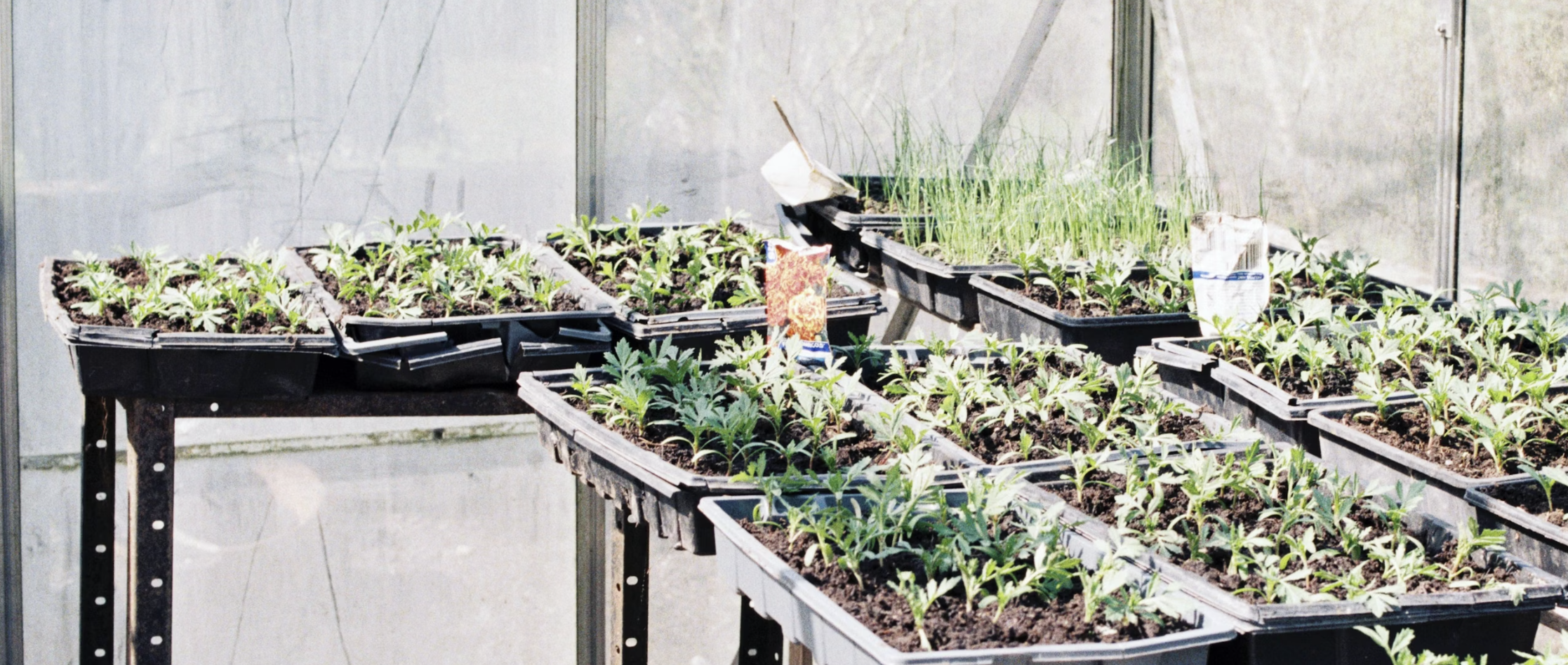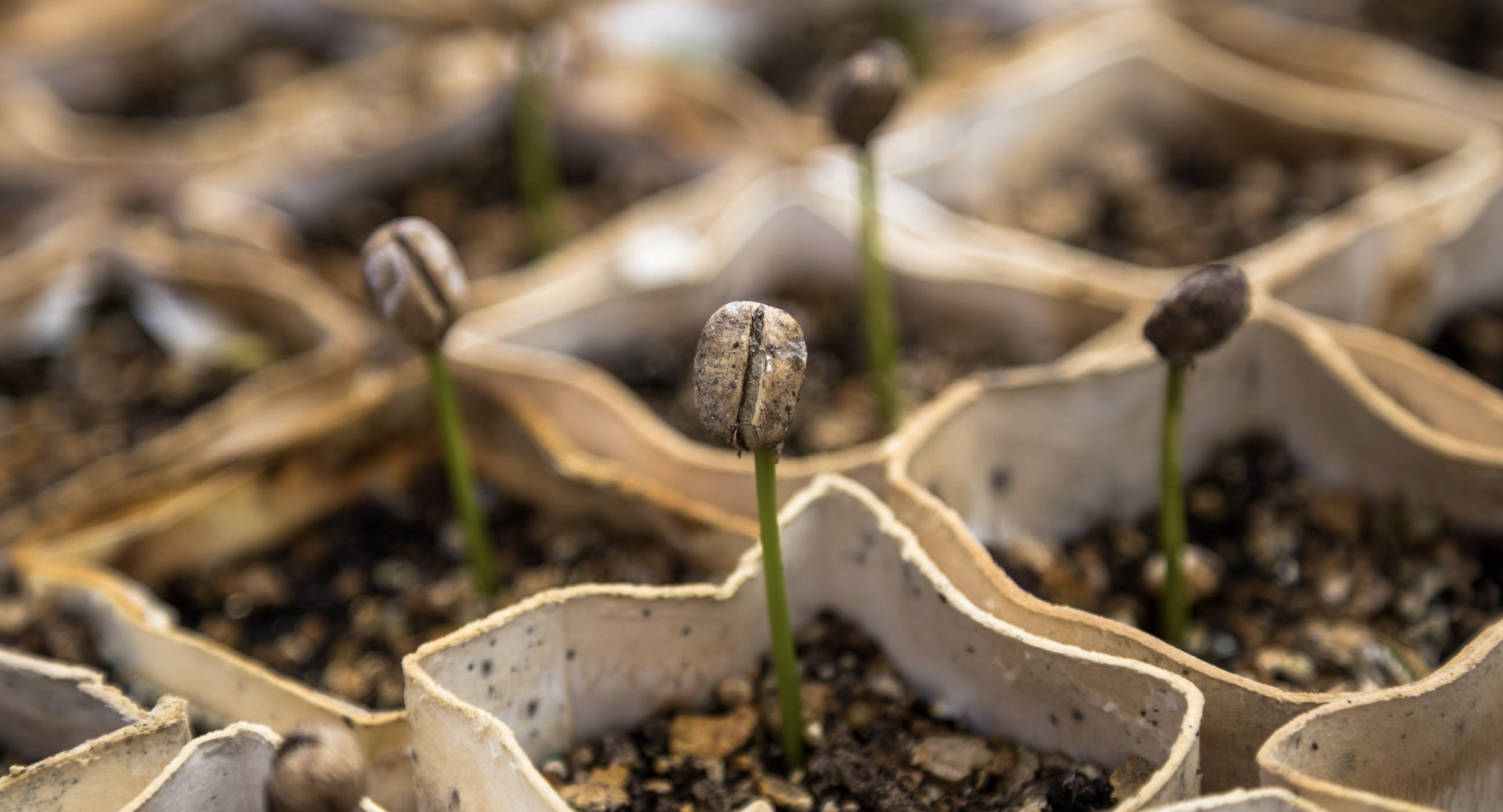
Introducing 'Unveiling the Secrets of F1 Seeds: The Formula for Superior Crop Yield'
Are you ready to unlock the secrets behind the remarkable crop yield that F1 seeds deliver? In this revealing article, we will delve into the world of F1 seeds and uncover the unique formula that makes them so effective in boosting agricultural and allotment production.
F1 seeds have long been hailed as game-changers in the gardening industry, consistently outperforming traditional varieties in terms of yield and quality. But what exactly sets them apart?
Join us as we explore the intricate genetic makeup of F1 seeds, their hybrid vigor, and the advanced breeding techniques used to create them. Discover how F1 seeds combine the best traits from two parent plants, resulting in stronger, more resilient crops that maximize productivity.
Additionally, we will shed light on the role of controlled pollination and rigorous selection processes in producing F1 seeds of the highest caliber. Learn how this meticulous approach ensures that only the cream of the crop makes it to your fields.
Don't miss this exclusive opportunity to enhance your understanding of F1 seeds and gain valuable insights into maximizing crop yield. Get ready to revolutionize your gardening practices with the secrets of F1 seeds!
What are F1 seeds and how are they different from other types of seeds?
F1 seeds, also known as the first filial generation, are the result of cross-pollinating two genetically distinct parent plants. Unlike open-pollinated seeds, which are the offspring of plants with similar genetic makeup, F1 seeds are meticulously bred to combine the best traits from each parent. This hybridization process results in offspring that exhibit what is known as hybrid vigor, a phenomenon where the hybrid plants are stronger, more vigorous, and often more productive than their parents.
F1 seeds are carefully bred using advanced techniques to ensure genetic stability and consistency. The parent plants used in the cross-pollination are chosen for their desirable traits such as high yield, disease resistance, and superior quality. These traits are then passed down to the F1 seeds, making them highly sought after by gardeners looking to maximize their crop yield.
The benefits of using F1 seeds for crop production are numerous and significant. Let's explore them further.
The benefits of using F1 seeds for crop production
One of the key advantages of using F1 seeds is their exceptional yield potential. Thanks to their hybrid vigor, F1 seeds consistently outperform traditional varieties, resulting in higher crop yields. This increased productivity is a result of the combination of superior genetics inherited from the parent plants, which allows the F1 seeds to adapt and thrive in various environmental conditions.
In addition to higher yield potential, F1 seeds also exhibit enhanced disease and pest resistance. The genetic diversity resulting from the cross-pollination provides a broader range of defense mechanisms against common pathogens and pests, reducing the need for chemical interventions. This not only benefits the environment but also reduces production costs for gardeners.
Another advantage of F1 seeds is their uniformity. Since F1 seeds are the result of controlled cross-breeding, the resulting plants tend to have consistent traits, such as size, shape, and maturity rate. This uniformity is highly desirable for allotment growers as it allows for easier management.
Understanding the science behind F1 seeds and their superior genetics is crucial to fully comprehend their potential in boosting crop yield.
Understanding the science behind F1 seeds and their superior genetics
To understand the science behind F1 seeds, we need to delve into the intricate genetic makeup of these remarkable seeds. When two genetically distinct parent plants are cross-pollinated, their genetic material combines to form unique combinations in the offspring. This genetic recombination results in offspring that possess a blend of traits from both parent plants, often resulting in plants that are stronger, more resilient, and more productive than either parent.
The hybrid vigor exhibited by F1 seeds is a result of a phenomenon known as heterosis. Heterosis occurs when the combination of two different sets of genetic material leads to offspring that outperform their parents in terms of various traits, such as yield, disease resistance, and adaptability. The specific mechanisms behind heterosis are still being studied, but it is believed to be a result of the complementary nature of the genetic material from the parent plants.
The advanced breeding techniques used to create F1 seeds involve meticulous control over the pollination process. This ensures that the desired genetic traits are passed down to the offspring consistently. Controlled pollination can be achieved through various methods, such as manual pollination or the use of isolation chambers to prevent unwanted cross-pollination. These techniques help maintain the genetic integrity of F1 seeds and ensure their superiority in terms of yield and quality.
Now that we understand the science behind F1 seeds, let's explore how they contribute to higher crop yields.
How F1 seeds contribute to higher crop yields
F1 seeds offer several mechanisms that contribute to their ability to boost crop yields. One of the key factors is the increased genetic diversity resulting from cross-pollination. This genetic diversity allows F1 seeds to adapt and thrive in different environmental conditions, making them more resilient to pests, diseases, and adverse weather conditions. As a result, F1 seeds have a higher chance of reaching their full yield potential, even in challenging growing conditions.
The combination of desirable traits from both parent plants also plays a crucial role in enhancing crop yield. For example, if one parent plant has excellent disease resistance and the other parent plant has a high yield potential, the resulting F1 seeds will inherit both traits. This means that the crops grown from these seeds will be more resistant to diseases while also producing higher yields, compared to traditional varieties.
Furthermore, F1 seeds exhibit improved uniformity and consistency in their growth and development. This allows for better crop management practices, such as optimized spacing, irrigation, and fertilization. The uniformity of F1 seeds also facilitates mechanical harvesting, reducing labor costs and increasing efficiency.
When selecting F1 seeds for your specific crops, there are certain factors that you should consider to ensure optimal results.
Factors to consider when selecting F1 seeds for your specific crops
Selecting the right F1 seeds for your specific crops is crucial to achieving maximum yield potential. Here are some key factors to consider when choosing F1 seeds:
1. Crop characteristics: Consider the specific traits you are looking for in your crops, such as disease resistance, yield potential, and maturity rate. Different F1 seeds may excel in different traits, so choose accordingly.
2. Environmental conditions: Take into account the prevailing climate, soil type, and other environmental factors in your region. Some F1 seeds may be better suited for certain conditions, so select seeds that are adapted to your specific environment.
3. Market demand: Consider the market demand for specific crop varieties. Choose F1 seeds that meet market preferences in terms of taste, appearance, and other quality attributes. This will ensure that your crops have a higher market value and demand.
4. Supplier reputation: Research and choose reputable seed suppliers known for producing high-quality F1 seeds. Quality control and assurance are essential to ensure that you receive seeds with the desired traits and genetic stability.
By considering these factors, you can make informed decisions when selecting F1 seeds for your crops. Once you have chosen the right seeds, it is important to follow best practices for planting and cultivating them.
Best practices for planting and cultivating F1 seeds
To maximize the potential of F1 seeds and achieve superior crop yield, it is essential to follow best practices for planting and cultivating them. Here are some key tips to keep in mind:
1. Seedbed preparation: Prepare the seedbed adequately by removing weeds, loosening the soil, and incorporating organic matter. This will create favorable conditions for seed germination and establishment.
2. Proper spacing: Follow the recommended spacing guidelines for the specific crop and F1 seed variety you are planting. Proper spacing ensures optimal light penetration, airflow, and nutrient availability for each plant, resulting in uniform growth and higher yields.
3. Timely irrigation: Provide sufficient and timely irrigation to ensure consistent moisture levels in the soil. Irrigation practices should take into account the specific water requirements of the crop and the stage of growth.
4. Nutrient management: Implement a balanced fertilization program based on soil analysis and crop nutrient requirements. F1 seeds, with their high yield potential, often have increased nutrient demands, so it is crucial to provide adequate nutrition throughout the growing season.
5. Pest and disease management: Monitor your crops regularly for pests and diseases and take appropriate preventive and control measures. F1 seeds, with their enhanced genetic diversity, have inherent resistance to many common pests and diseases, but proactive management is still essential.
Following these best practices will help you optimize the performance of your F1 seeds and achieve superior crop yield. Now, let's address some common misconceptions about F1 seeds.
Common misconceptions about F1 seeds debunked
Despite their proven track record and numerous benefits, F1 seeds have been subject to various misconceptions. Let's debunk some of the common myths surrounding F1 seeds:
1. F1 seeds are genetically modified: F1 seeds are not genetically modified organisms (GMOs). They are the result of controlled cross-pollination between two genetically distinct parent plants. The genetic recombination occurs naturally, without the use of genetic engineering techniques.
2. F1 seeds are cost-prohibitive: While F1 seeds may have a higher upfront cost compared to traditional seeds, their potential for increased yield and quality often outweighs the initial investment. The improved performance and productivity of F1 seeds can lead to higher yields for gardnerss in the long run.
3. F1 seeds lead to loss of biodiversity: F1 seeds do not contribute to the loss of biodiversity. In fact, the controlled cross-pollination involved in creating F1 seeds promotes genetic diversity by combining the genetic material of different parent plants. This enhances biodiversity and can contribute to more resilient and sustainable agricultural systems.
By debunking these misconceptions, it becomes clear that F1 seeds are a valuable tool for gardnerss looking to maximize crop yield and quality. To further illustrate the potential of F1 seeds, let's explore some success stories of gardenerss who have experienced remarkable results.
Case studies: Success stories of gardeners using F1 seeds
Throughout the world, gardeners have embraced the use of F1 seeds and witnessed impressive results. Here are a few success stories:
1. Tomato gardner in California: A tomato gardener in California switched to F1 hybrid tomato seeds and experienced a significant increase in yield. The F1 hybrid tomatoes were not only more productive but also had improved disease resistance, resulting in higher profits and reduced reliance on chemical pesticides.
2. Maize farmer in Africa: A maize gardener in Africa faced challenges with low crop yield and susceptibility to pests and diseases. After adopting F1 hybrid maize seeds, the gardener achieved a substantial increase in yield and improved resistance to pests and diseases. This allowed for greater food security and economic stability for the farmer and the local community.
These success stories highlight the transformative power of F1 seeds in agricultural production. By harnessing the potential of F1 seeds, farmers can revolutionize their gardening practices and achieve superior crop yield.
Conclusion: Harnessing the power of F1 seeds for maximum crop yield
In conclusion, F1 seeds offer a revolutionary approach to crop production, with their unique genetic makeup and hybrid vigor. These seeds combine the best traits from two parent plants, resulting in stronger, more resilient crops that maximize productivity. With their exceptional yield potential, disease resistance, and uniformity, F1 seeds have become indispensable tools for farmers and gardeners looking to achieve superior crop yield.
By understanding the science behind F1 seeds, selecting the right seeds for specific crops, following best practices for planting and cultivation, and debunking common misconceptions, farmers and gardeners can unlock the full potential of F1 seeds. The success stories of farmers around the world further underscore the transformative impact of F1 seeds in enhancing agricultural productivity and sustainability.
So, are you ready to revolutionize your gardening practices with the secrets of F1 seeds? Unlock the formula for superior crop yield and embrace the power of F1 seeds in your fields. It's time to unveil the secrets and reap the rewards of F1 seeds.



